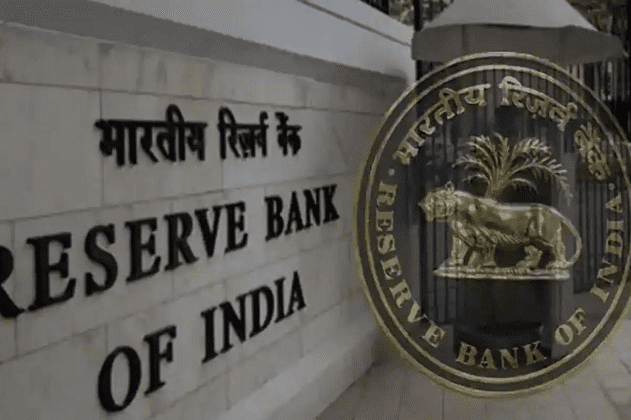RBI had recently released the list of Safest Bank in India. The names of these banks are HDFC, ICICI and SBI. These banks are also called D-SIBs. Along with this, RBI has told where your money is safe.
India’s banking sector is huge. This includes many types of banks like government banks, private banks, small finance banks, co-operative banks, rural banks and payments banks. All these should continue to work properly and the money of the people should be kept safe, the responsibility of this rests with the Reserve Bank of India (RBI).
That’s why whenever there is a chance of failure of any bank, RBI takes strict action in time. As done in the case of increasing NPA of Yes Bank or other government banks. Now the Reserve Bank has released a list of 3 such banks of the country, which can never fail.
The Reserve Bank says that the country’s largest bank State Bank of India (SBI) is an important bank (D-SIB) in the domestic system. Two private sector banks ICICI Bank and HDFC Bank are also included in this list. D-SIBs are called such banks, which are so big that they cannot fail, that is, they are known as Too Big To Fail Banks.
What is the specialty of such banks?
Under the concept of ‘too big to fail’ bank, it is expected that when there is a crisis on such banks, the government will support them and save them from drowning. That’s why these banks get some extra facilities in the funding market and the trust of customers also increases on these banks.
HDFC Bank was not included earlier-
RBI said in a statement that SBI, ICICI Bank and HDFC Bank remain in this list based on the parameters of the D-SIB list of 2021. RBI declared SBI in 2015 and ICICI Bank in 2016 as CODI-SIB.
HDFC Bank was included in this category based on the data collected till 31 March 2017. The current list has been recently updated by the Reserve Bank on the basis of data received from banks till March 31, 2022.
The Reserve Bank of India had released the framework for determining the D-SIB in July 2014. Under this framework, RBI has to disclose the names of banks declared as D-SIBs.

